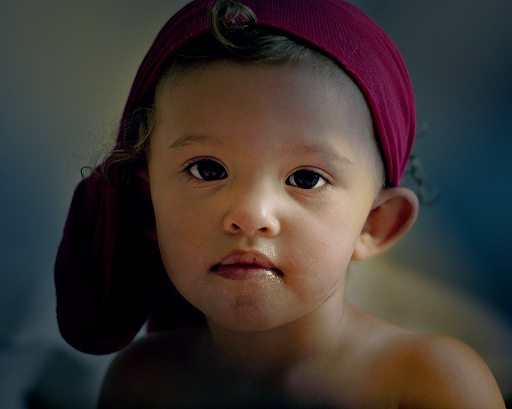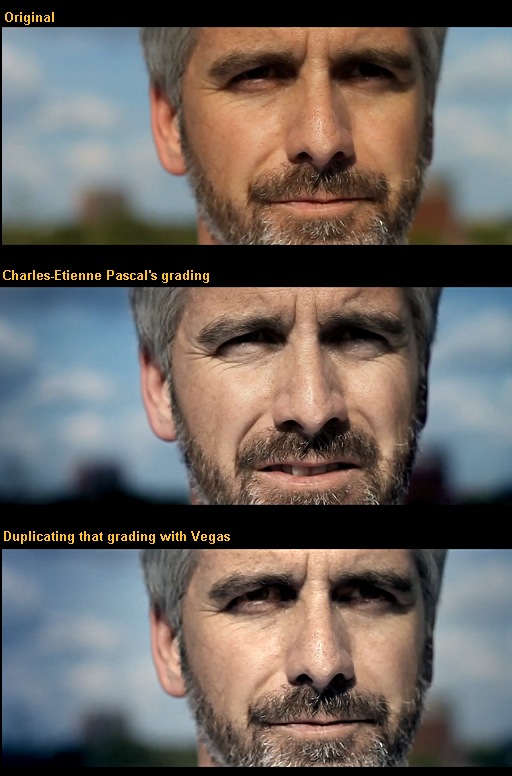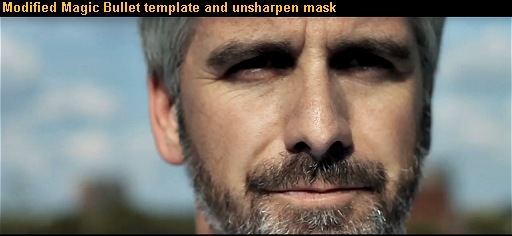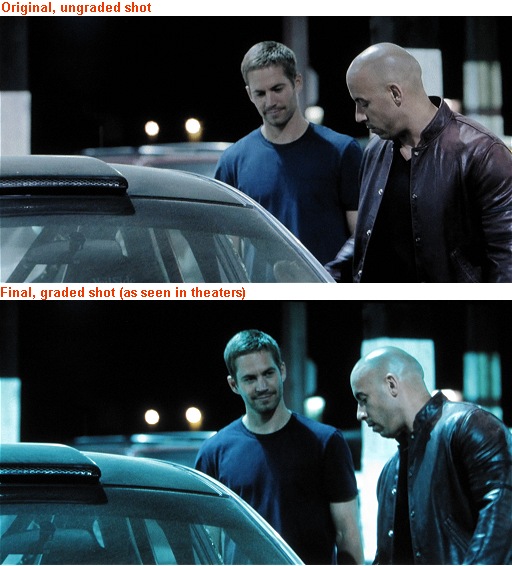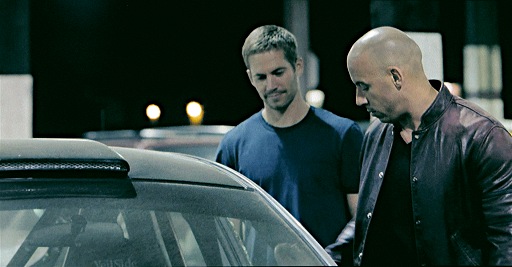Many users buy an HD 24p camera these days trying to reproduce the “film look” (aka the “movie look”). They think that if they shoot some random stuff in 24p, and do some color grading, and maybe add a bit of grain, their video will look like a movie.
Fat chance. Wake up and smell the coffee.
There are a number of factors that make a video look like a movie. In my experience and personal opinion, here they are, in order:
1. Framing
If your shots are just some random shots of random stuff, you will never achieve the film look. You need to think hard as to how to frame your subject, what’s in its background, what’s in the surroundings, the rule of thirds. Also you need to expose properly, use the right shutter or aperture values for each scene etc. If you dissect video to its primordial state, it’s just a number of pictures in succession. Therefore, you must operate like a photographer would.
2. Audio
IF your video has speech, then you must capture it right. Capture little ambient noise, clear voices, and use a good music score to complement the rest of the scenes. If your video does not feature people talking, then the music used must fit each scene. You might even have to sync each scene with the track’s beats.
3. Cutting
Do quick cuts when you edit your movie. Don’t waste your time in shots that are useless and don’t progress the story. For example, just an hour ago I watched an HV20 short film where the editor spent 20 whole seconds showing the actor getting out of a car (different shots with the actor moving one hand, then one foot, opening the door, getting one foot out etc). Get to the point, don’t elaborate on useless shots. If you don’t have enough shots to make a meaningful short film then it’s your fault for not storyboarding before you shoot.
4. Lighting
Without good lighting, you are screwed. Audio and lighting are so underrated among videographers. Your light composition must be part of the emotions you want to convey to your viewers. It’s an extra character. Invest in two 500 Watt lights ($100), and a reflector ($100). And if you shoot outdoors, make sure you have the sun on your back! The best times to shoot outdoors and use the available light is either in sunrise or before sundown (“golden light”).
5. Camera Motion
Modern movies have constant movement in most of their scenes. Either with a dolly or a steadycam. Few shots are completely stationary shot from a tripod (usually TV series do that rather than Hollywood movies). The cheapest solutions here are a Glidetrack, or other cheap steadycam solutions. Overall, consider that you will have to pay at least $300 for them. For longer dolly shots, consider this DIY dolly tutorial.
6. 24p
It helps shooting in that frame rate, but in my opinion you can get away with 30p too if you must. As long as you shoot in a 1/60th shutter speed, your motion can get pretty close to movies’ 1/48th. And even if it might not look exactly right, the rest of the video’s quality or story can make up for the lack of real 24p. Basically, what I am saying here is not that 24p is not important, but that it is just 6th in my list. Not 1st.
7. Grading
Colors set the mood of the movie, so grading is important. Just don’t overdo it with contrast and saturation. Film is traditionally low saturation and low contrast, so lay off the god damn saturation/contrast controls! So, modify your camera’s settings to shoot as “flat” an image as possible, so you can easily color grade it in post. I have set all my cameras’ color controls in the lower values possible (contrast/saturation/sharpness/skin_tone), and that goes for my still cameras too.
8. Shallow DoF
Most people think that if they get an adapter/camera with shallow DoF, they would achieve the film look easily. WRONG. It helps, but shallow DoF is not really a necessity. There are many classic films that had deep focus, like “Citizen Cane” and “The Good, the Bad, and the Ugly”, and most recently, “Crank 2: High Voltage”. The quality of your photography, and the immersion of the viewer to your film are more important than blurry backgrounds. 35mm adapters are overrated, and most of such videos I have watched were over-the-top blurry. Besides, if shooting outdoors, you can always get a bit of blur by backing out and zooming in with your camcorder towards your subject, at around 75% of its log zooming scale. You will get just enough background blur to give the illusion to the viewer that this was not shot on video, and at the same time you direct the viewer’s attention to the actual subject. In other words, you don’t always need shallow DoF, and when you really do, you can get just enough of it with a consumer HD camcorder too if you know how to shoot & frame properly. Most of my HV20 videos have enough background blur for example, more than I would care for. Heck, I achieved as much shallow DoF as I needed even with my point and shoot HD digicam.
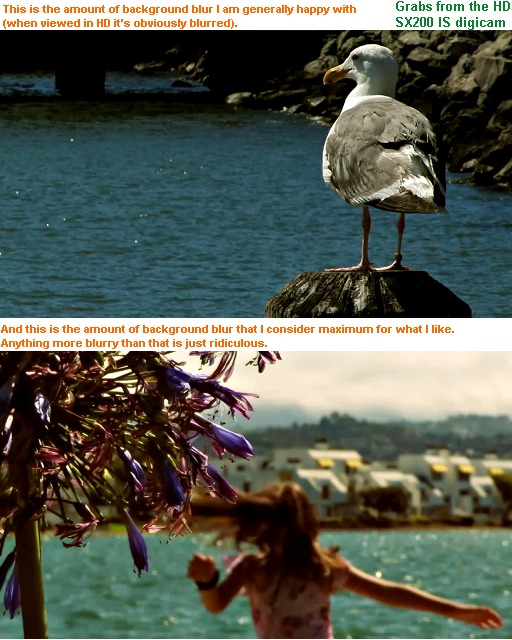
And of course, there’s the story itself, which is the most important element in a short movie. The reason I didn’t include it in the list above though is because not all videographers shoot short movies. Some just shoot abstract art, or nature and travel pieces, so it’s not always a part of the film *look* quest.
Finally, here are some nice tutorials about some of the points above.
![]()





